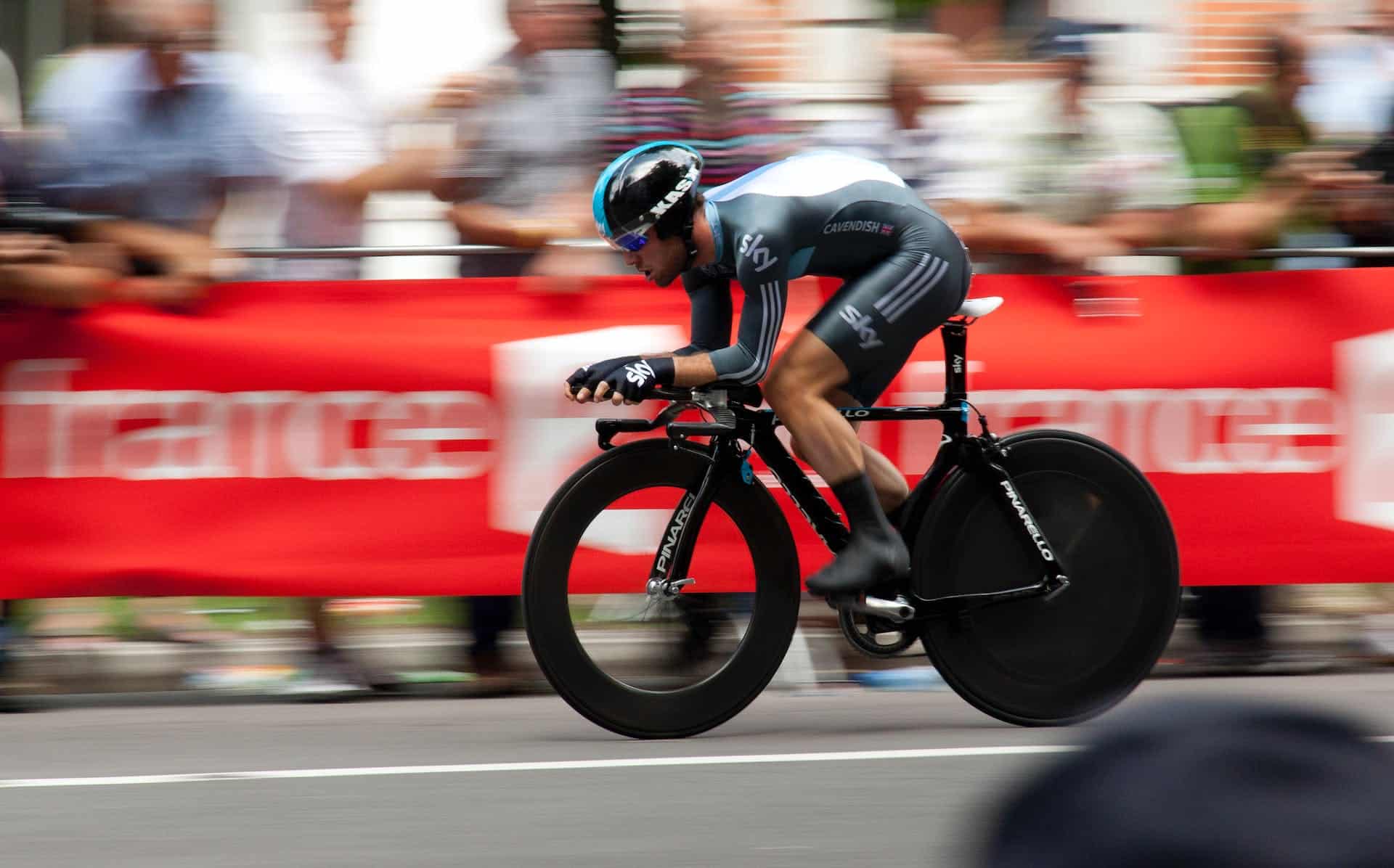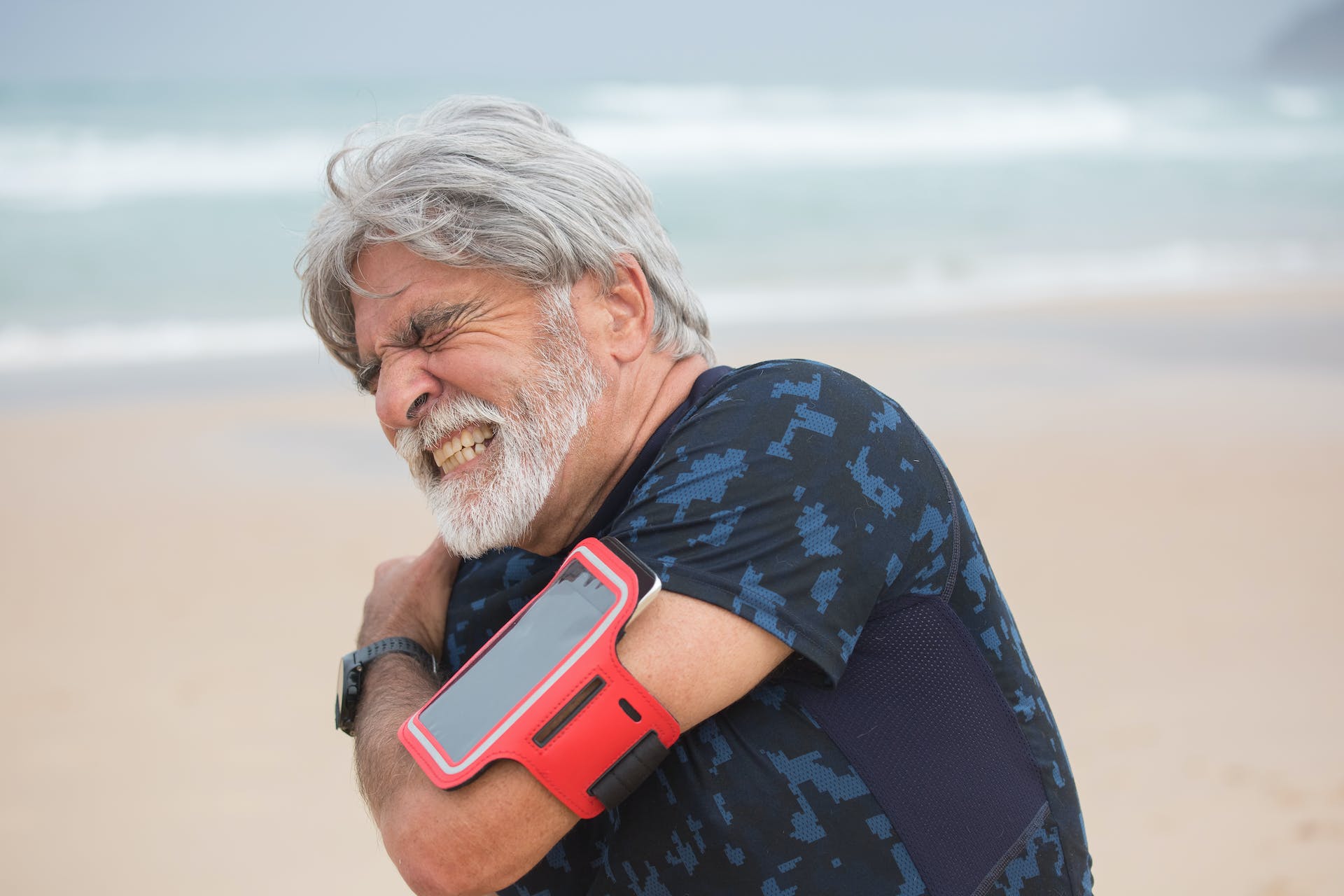Diabetes Mellitus Type 2 is a severe, chronic medical condition that affects approximately 23.1 million[1] patients in the United States (9.4% of the US population). In addition, each year, 800,000 people will be newly diagnosed with diabetes. Diabetes can lead to the development of blindness, strokes, end stage renal disease, heart disease and diabetic neuropathy. Read on to learn about the case of Leo, who suffered from severe diabetic peripheral neuropathy.
Case of a Patient with Diabetic Foot Pain
Leo was a 64 year old male patient with a long history of diabetes type 2.
Leo had a history of smoking cigarettes for the past 25 years.
He also had a history of hypertension, which was well controlled with lisinopril.
In addition, Leo had elevated cholesterol levels controlled with the use of a statin.
He denied any history of anxiety or depression.
Leo complained of a burning, very painful feeling in his hands and feet, which kept him up at night.
He also had some problems maintaining his balance and noted attacks of burning pain on the soles of his feet, often when driving his car.
On physical examination, Leo exhibited ataxia, vertigo and decreased vibratory sensations over his lower extremities.
His reflexes and the pedal pulses of the lower extremities were both intact bilaterally.
Leo’s labs revealed a fasting blood sugar of 146 and a hemoglobin A1C level of 7.8% (normal is less than 5.7%).[2]
Leo’s B12, T3, T4 and TSH levels were all within normal levels.
He also had a BMI of 40%.
After application of the over-the-skin deoxyhemoglobin peripheral vasodilator, D’OXYVA, [3] over a 6 week period, all of Leo’s symptoms of diabetic neuropathy, including the burning, itching and painful feeling in his hands and feet stopped completely.
How is the Microcirculation Affected by Diabetes?
The microcirculation consists of the smallest blood vessels in the body, including the arterioles, venules and capillaries.
Consistently elevated blood sugar levels are considered to be the most important risk factor in the development of painful diabetic neuropathy.
Diabetic neuropathy usually begins to develop at the base of the toes and then subsequently affects the higher parts of the lower extremities.
The most common symptoms of diabetic neuropathy include numbness, a feeling of burning, tingling and “pins and needles.”
Other symptoms of diabetic neuropathy are muscular weakness of the lower extremities, poor coordination and ataxia.
Once the numbness increases, there can then be a loss of pain perception, which can lead to the development of foot ulcers, infections and even eventual amputations.
How Does D’OXYVA Help Decrease Diabetic Foot Pain?
D’OXYVA is a non-invasive vasodilation applicator, which is placed over the thumb and delivers a vapor of pharmaceutical grade CO2 and water through the skin of the thumb and into the blood stream.
This CO2 is then transported by the microcirculation to the peripheral arterioles, which causes them to dilate, providing increased oxygen to the peripheral tissues.
This increased oxygenation then leads to a decrease of pain resulting from diabetic neuropathy.
Conclusion
Diabetic neuropathy can cause debilitating pain, which can affect sleep patterns and quality of life. Current treatments include the use of tricyclic antidepressants, antiarrhythmics, antiepileptics, opioids and topical creams. The application of the non-invasive, non-painful over-the-skin deoxyhemoglobin vasodilator, D’OXYVA, has been widely reported to significantly lower the levels of pain and discomfort caused by this common complication of diabetes.
References
- https://www.cdc.gov/diabetes/data/statistics/statistics-report.html
- https://www.webmd.com/diabetes/guide/glycated-hemoglobin-test-hba1c
- https://doxyva.com/
YOU MAY ALSO LIKE TO READ
- Apple Watch 4 can detect D’OXYVA’s benefits
- Researchers Identify Underlying Main Causes of Brain Damage, Dementia and Potential Breakthrough Solution (Part I)
- Award-winning documentary hosted by actor Dennis Quaid invites Circularity to talk about D’OXYVA
HOW D’OXYVA CAN HELP?
D’OXYVA is the only fully noninvasive, completely painless over-the-skin microcirculatory solution that has been validated to significantly improve microcirculation.
The improvement of microcirculation, i.e., blood flow to the smallest blood vessels, benefits one’s health, immune system and overall sense of well-being in a variety of ways.







